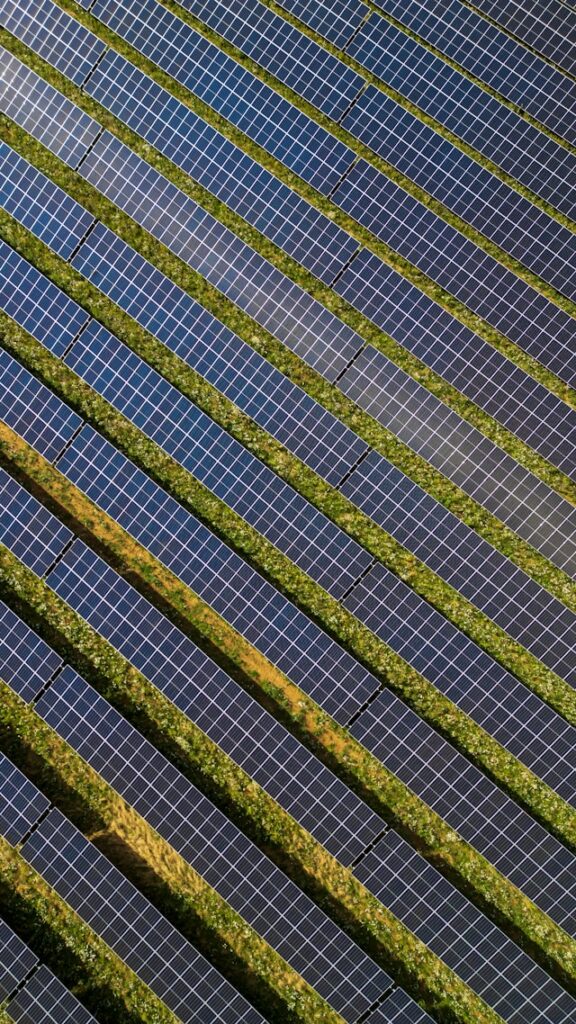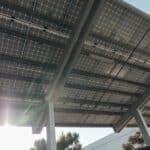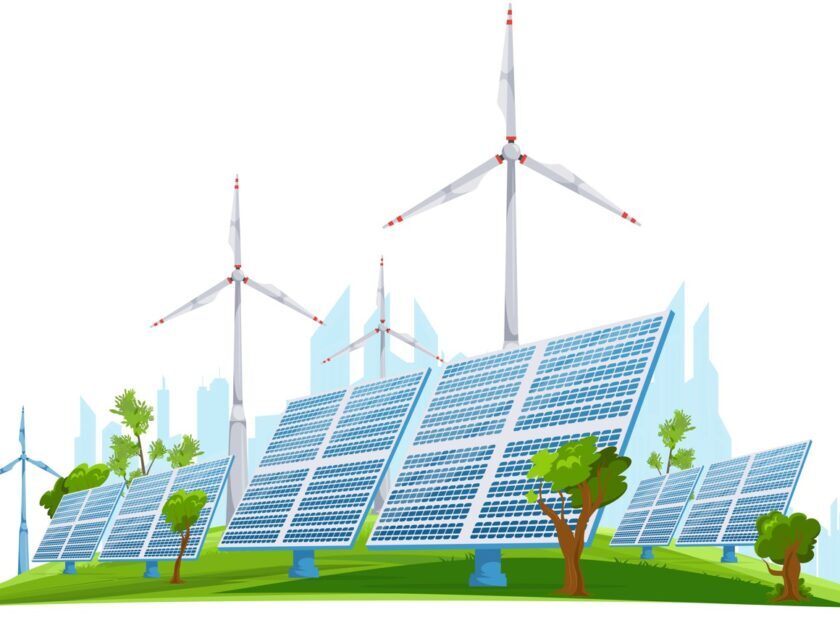When you’re thinking about going solar, one of the most critical decisions you’ll make is choosing the right types of solar panels for your system. Solar panels come in different types, each with its own set of advantages and trade-offs. But how do you decide which type is right for you? It all depends on what you’re looking for in terms of efficiency, cost, and application.
In this blog post, we’ll explore the three main types of solar panels—monocrystalline, polycrystalline, and thin-film—breaking down their differences, advantages, disadvantages, and best use cases. Whether you’re planning a rooftop installation for your home, need panels for a commercial building, or want a portable option for an RV, this guide will help you make an informed decision.
You May Also Like: What is a Solar Inverter and How Does it Work?
What Are the Primary Types of Solar Panels?
- Monocrystalline Solar Panels
- Polycrystalline Solar Panels
- Thin-Film Solar Panels
Each type has its characteristics, and choosing the right one depends on several factors like efficiency, cost, and the specific needs of your project. Let’s break each one down.

Monocrystalline Solar Panels
Monocrystalline solar panels are made from a single, pure crystal of silicon, which gives them their high efficiency and sleek black appearance. These panels are typically the most efficient of the three types, making them ideal for homeowners or businesses with limited roof space. This is your best bet if you’re aiming for maximum power generation in a smaller area.
Advantages:
- High Efficiency: Monocrystalline panels can reach efficiency rates of over 22%, meaning they can convert more sunlight into electricity.
- Space-Saving: Because of their efficiency, fewer panels are needed to meet your energy needs, making them ideal for rooftops with limited space.
- Durability: These panels generally last longer and perform better in hot temperatures than other types.
Disadvantages:
- Cost: Monocrystalline panels are the most expensive option because of the complex manufacturing process. However, their higher efficiency can lead to more significant savings on your electricity bill over time.
Best For:
- Homeowners with limited roof space who want to maximize energy output.
- Those who prioritize aesthetics, as monocrystalline panels blend seamlessly with most roofs.
You May Also Like: What Are Local Backlinks and Why Do They Matter?
Polycrystalline Solar Panels
Polycrystalline solar panels are made from silicon crystals melted together. This more straightforward manufacturing process makes them less expensive but also slightly less efficient than monocrystalline panels. Polycrystalline panels could be a good fit if you have more roof space and want to save on upfront costs.
Advantages:
- Lower Cost: These panels are generally cheaper to produce, making them a budget-friendly option for homeowners.
- Solid Performance: While not as efficient as monocrystalline panels, they still offer decent energy output, especially if you have plenty of roof space.
Disadvantages:
- Lower Efficiency: Polycrystalline panels tend to max out at around 17% efficiency, meaning you’ll need more panels to generate the same amount of power as monocrystalline ones.
- Temperature Sensitivity: These panels may not perform as well in high temperatures as monocrystalline panels.
Best For:
- Homeowners with ample roof space who want to save on initial costs.
- Budget-conscious buyers who still want solid energy production.
You May Also Like: 15 Famous motivational speakers Who Can Transform Your Life
Thin-Film Solar Panels
Unlike crystalline panels, thin-film solar panels are made from various materials, such as cadmium telluride (CdTe) or amorphous silicon (a-Si), applied in ultra-thin layers. These panels are lightweight and flexible and perfect for unconventional spaces or mobile setups like RVs and boats. However, their efficiency is generally much lower than that of crystalline panels.
Advantages:
- Lightweight and Flexible: Thin-film panels are easy to install and can be applied to surfaces that wouldn’t support traditional panels, like curved roofs.
- Cost-Effective in Certain Applications: For large-scale commercial or industrial installations, thin-film panels may offer a more affordable solution because of their easy installation and low weight.
- Best for Portable Systems: Thin-film panels are ideal for DIY solar setups on RVs or boats due to their portability.
Disadvantages:
- Lower Efficiency: Thin-film panels typically have efficiency rates between 11% and 13%, so you’ll need more space to achieve the same energy output as crystalline panels.
- Shorter Lifespan: These panels are less durable than crystalline panels and may need replacing more frequently.
Best For:
- Portable or mobile applications, such as RVs and boats.
- Large commercial installations where weight and ease of installation are more important than high efficiency.
Which Solar Panel Type Is Right for You?
The type of solar panel you choose should align with your specific needs and property characteristics.
- Monocrystalline panels are likely the best option despite their higher upfront costs if you have limited roof space and are looking for maximum efficiency.
- If you have a more extensive roof or are working with a tighter budget, polycrystalline panels can still offer good performance at a lower price point.
- If you need a portable solar solution or have an unconventional installation, thin-film panels could be the perfect fit due to their flexibility and ease of installation.
Final Thoughts
Choosing the correct type of solar panel depends on various factors, from roof space and budget to efficiency and installation requirements. By understanding the differences between monocrystalline, polycrystalline, and thin-film solar panels, you can decide to maximize your energy savings and meet your specific needs.
The good news? No matter which type of solar panel you choose, you’ll take a significant step toward a more sustainable, energy-efficient future.





